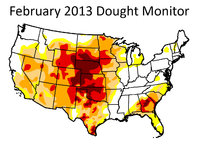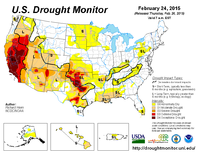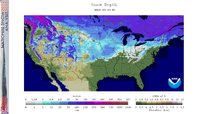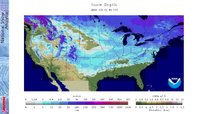Dan Robinson
EF5
IMO, the sparse seasons are OK with me as long as I can get out there for the good days. I can't afford do a 2004-type season every year even if they did happen all the time. I'd have to pick and choose which days to go and which days to miss, which to me would seem harder/more annoying.





